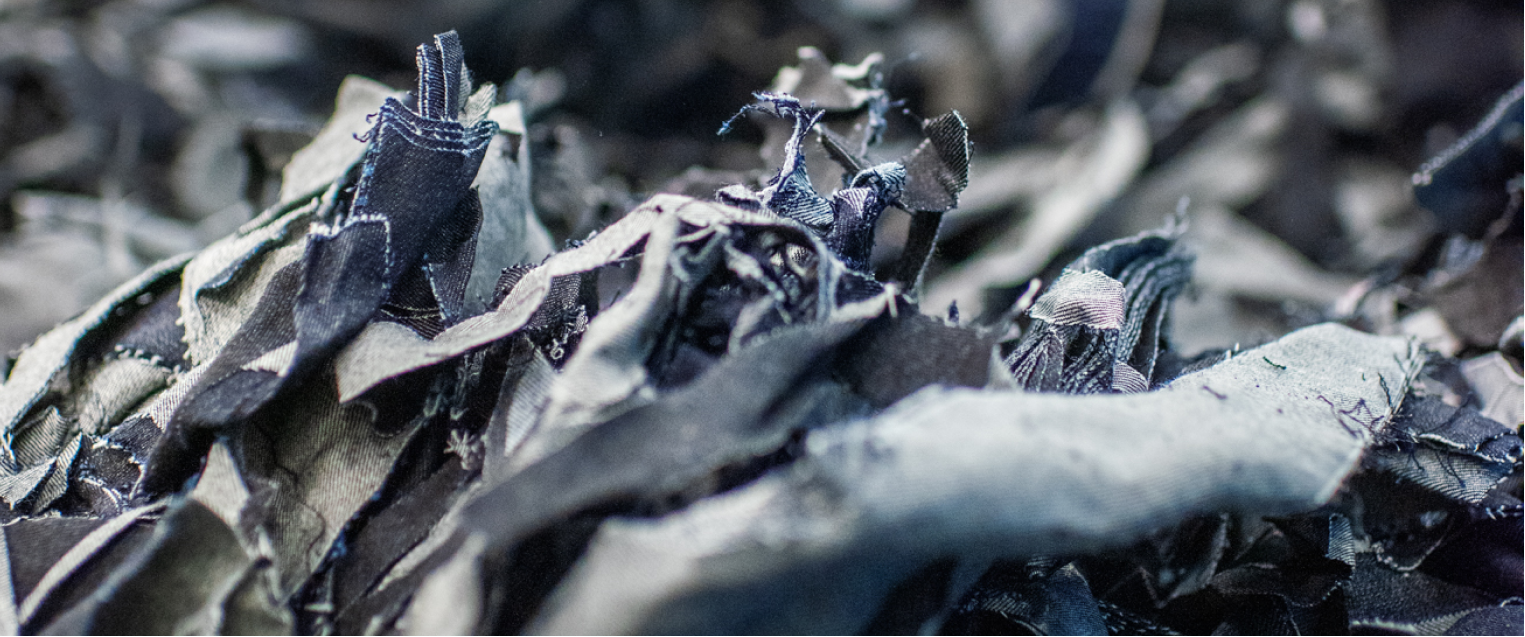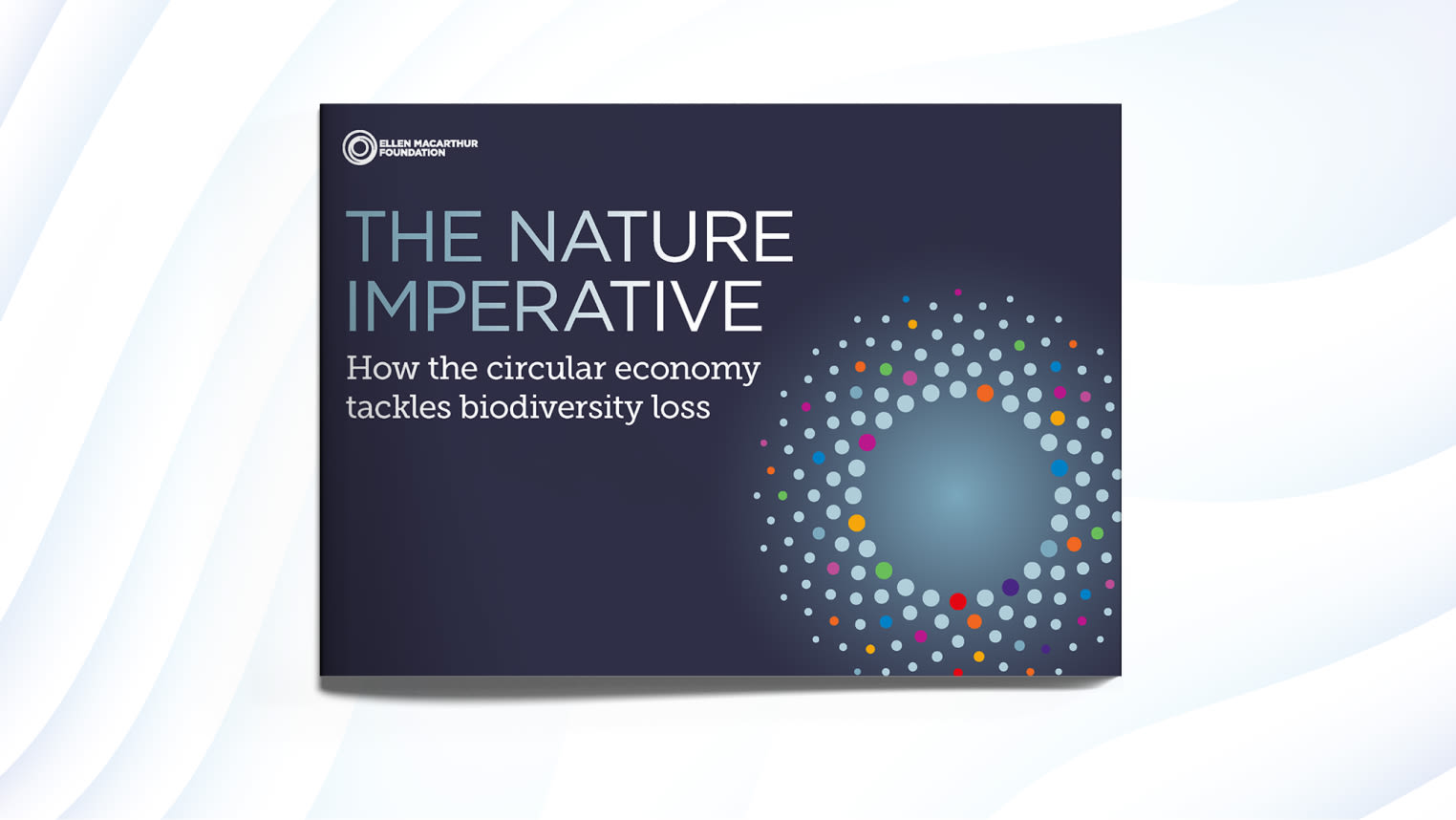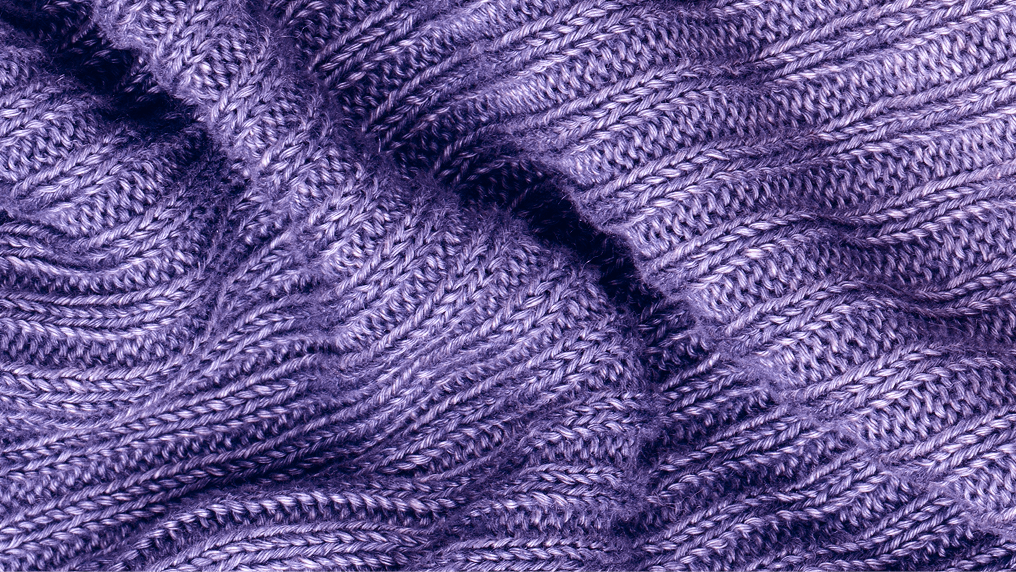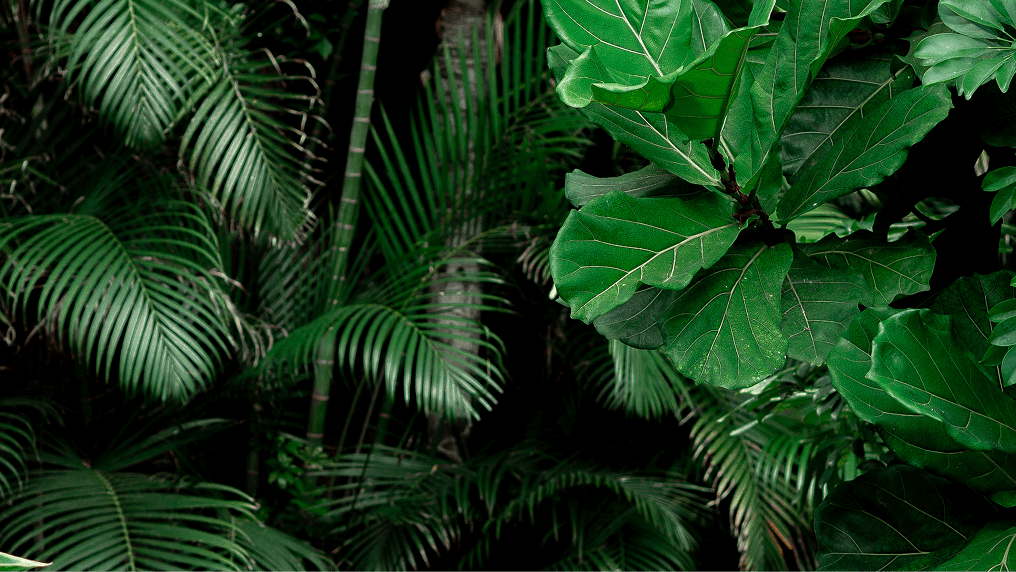Renewcell’s recycling technology dissolves cellulose fibres like cotton from discarded garments and transforms them into Circulose® pulp, preventing textiles from becoming waste. This pulp can then be used to make viscose, lyocell or other types of man-made cellulosic fibres, reducing the demand for virgin raw materials. In order to scale up and expand their impact, Renewcell is developing partnerships with key players in the fashion industry like H&M Group and viscose manufacturer Tangshan Sanyo and securing new funding. For instance, in June 2021, the European Investment Bank lent Renewcell up to EUR 30.75 million to build its first commercial-scale factory in Sundsvall, Sweden, which will be able to produce 60,000 tonnes of Circulose per year.
Biodiversity Benefits
Compared to producing fibres from virgin cotton or forestry products, Renewcell states that its fibre production process saves large amounts of water, manages chemicals in a closed-loop, zero-leakage environment, requires zero land for fibre cultivation, and stores rather than emits CO2.
This page is part of a deep dive into biodiversity and fashion, where we delve deeper into safeguarding biodiversity by circulating clothes, eliminating pollution, and regeneratively growing natural fibres.






